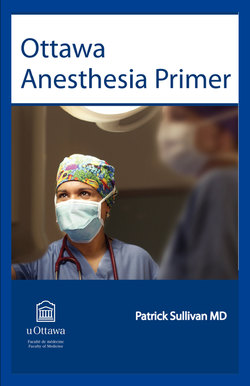Читать книгу Ottawa Anesthesia Primer - Patrick Sullivan - Страница 84
На сайте Литреса книга снята с продажи.
II. Open the patient’s mouth:
ОглавлениеThe second step involves opening the patient’s mouth. First, the clinician stands directly behind the patient’s head and takes the laryngoscope in the left hand. The right hand is used to open the patient’s mouth and later to advance the ETT. Mouth opening can be accomplished by using the right hand to open the patient’s teeth (e.g., the scissors technique, as illustrated in Fig. 6.10) or by placing the right hand on the patient’s occiput and rotating the occiput backward to create AO extension (Fig. 6.9). Using the scissors maneuver, the clinician uses the index finger to pull up on the patient’s upper right incisors, which serves to open the patient’s mouth, extend the AO joint, and protect the teeth and lips. At the same time, the clinician uses the thumb to push down on the lower mandible and further open the patient’s mouth. This technique can be modified by opening the patient’s mouth using the right middle finger to depress the lower teeth (Fig. 6.10). If the clinician chooses the extra oral technique of mouth opening, the right hand is placed on the patient’s occiput and the patients’ head is rotated into the sniffing position. With this movement, the mandible drops and the patient’s mouth opens. This method of mouth opening is more suitable for the edentulous patient than the scissors technique.
